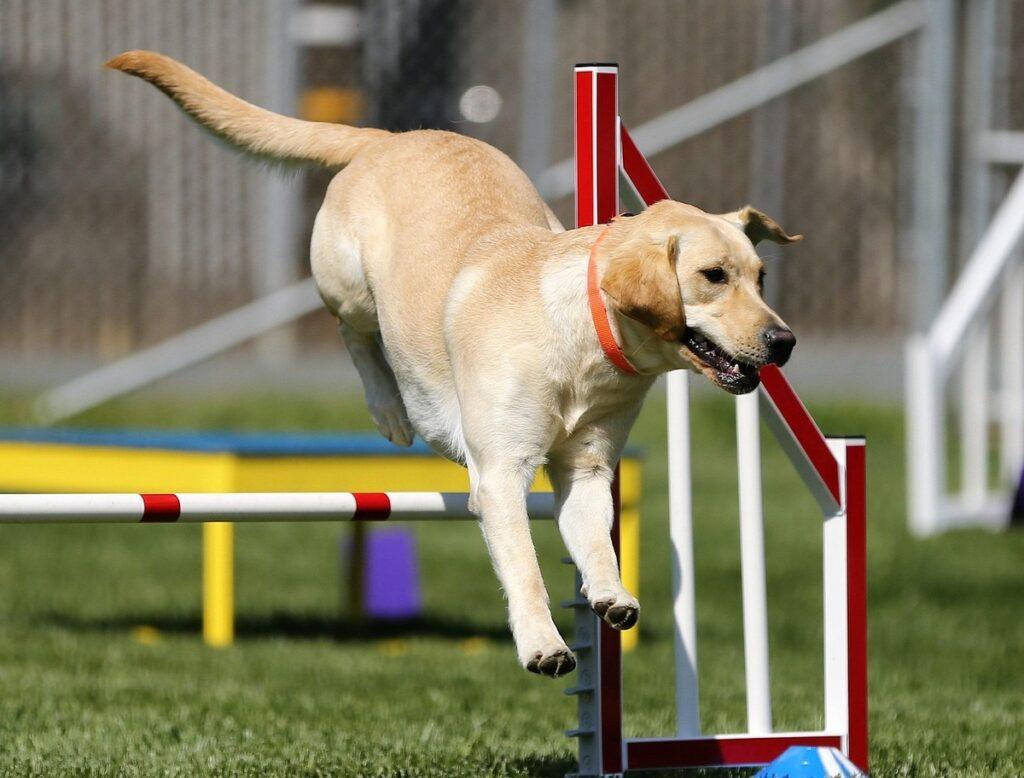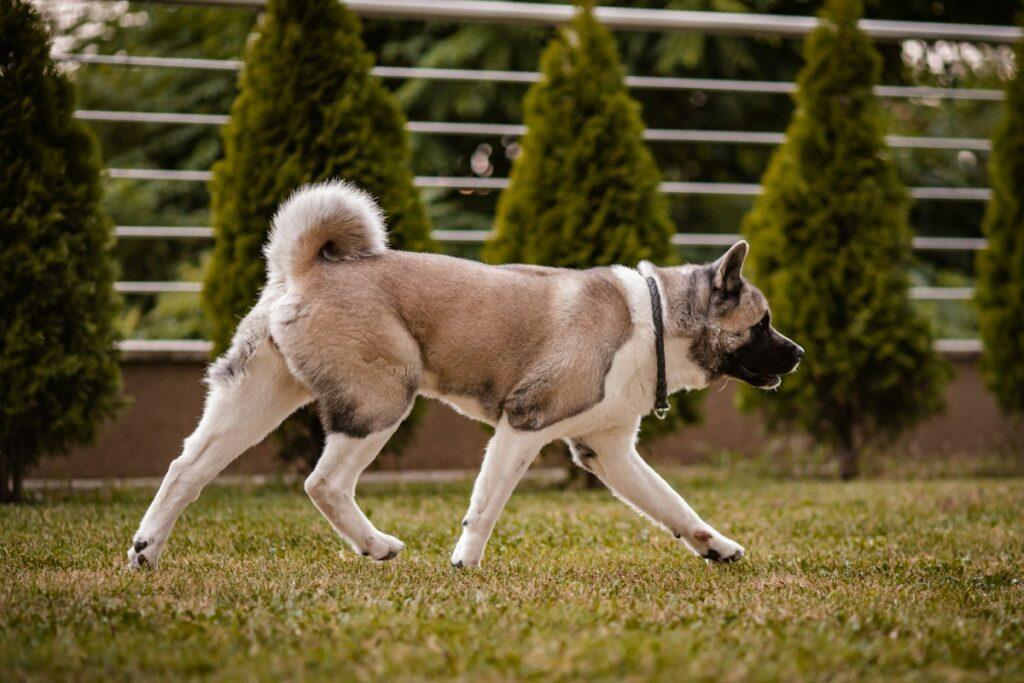Best Dog Training Collars (2025 Guide)
When my Labrador, Max, started ignoring commands at the dog park, I knew I needed help. That’s when I discovered the best dog training collars—tools that transformed our walks from frustrating to fun. In this guide, we’ll explore the top training collars of 2025, how to choose the right one, and pro tips to ensure safe, effective use.
| Product | Type | Best For | Key Features | Price |
|---|---|---|---|---|
| PetSafe Remote Trainer | Remote Vibration | Recall & Obedience | Waterproof, 300-yard range | $$ |
| SportDOG 425X | Static Shock + Tone | Hunting Dogs | Expandable, rugged design | $$$ |
| Educator E-Collar | Static/Vibration | Professional Use | 100 levels, safety lock | $$$ |
| PATPET Dog Training Collar | Vibration & Tone | Beginner Trainers | Budget-friendly, rechargeable | $ |
| Garmin Delta XC | Multi-mode | Stubborn Dogs | Built-in BarkLimiter, ½ mile range | $$$$ |
Types of Dog Training Collars
1. Vibration and Tone Collars
These collars use sound or vibration to redirect a dog’s behavior. They’re ideal for sensitive dogs who respond to gentle cues. Unlike static collars, they avoid discomfort while still encouraging correction.
2. Static (Shock) Collars
When used correctly, modern static collars are safe and humane. They deliver adjustable levels of stimulation to capture attention, especially helpful for aggressive behavior or off-leash training.
3. Spray Collars
These use a burst of citronella or air to interrupt barking. They’re popular for addressing excessive barking without physical stimulation.
How to Choose the Best Dog Training Collar
- Dog’s size and temperament – Some dogs require stronger correction methods.
- Training goals – Obedience, recall, barking, etc.
- Remote range – Ideal for off-leash training in parks or fields.
- Water resistance – Necessary for outdoor activities or rainy climates.
- Battery life – Longer battery = less hassle.
Pro Tip
Introduce the collar slowly. Let your dog wear it without activation for a few days to get used to the feel. Use treats and praise during training sessions to associate the collar with positive outcomes.
Common Mistake to Avoid
Don’t rely solely on the collar. These tools are aids, not substitutes for consistent, reward-based training. Overuse or misuse can create fear instead of improvement.
Are Dog Training Collars Safe?
Yes, when used properly. Most modern collars offer variable settings to match your dog’s sensitivity. For more guidance, check out the American Kennel Club guide on dog training collars.
Top Picks: Best Dog Training Collars of 2025
- Best Overall: Educator E-Collar – Precise control with tone, vibration, and static options.
- Best Budget: PATPET Dog Training Collar – Affordable and easy to use.
- Best for Large Dogs: SportDOG 425X – Rugged and powerful for strong breeds.
- Best for Barking: Garmin Delta XC – Combines bark control and training in one.

Related Articles
Final Thoughts
Finding the best dog training collars is about matching the right tool to your dog’s needs. Whether it’s a high-tech remote trainer or a simple vibration collar, the goal is better communication, not punishment. Done right, these collars help build trust and reinforce good behavior. Ready to transform your training sessions?
Train smart, train with love.
Frequently Asked Questions About Dog Training Collars
Are dog training collars safe?
Yes, when used correctly and responsibly, most dog training collars are safe. It’s crucial to follow the manufacturer’s instructions and choose collars with adjustable settings, especially for vibration and static correction. Avoid prolonged or unsupervised use.
What is the best type of dog training collar for beginners?
For first-time users, a vibration collar or tone-based collar is usually recommended. These provide gentle cues without the use of static stimulation, making them ideal for basic obedience training.
Can I use a training collar on a puppy?
It’s not advisable to use training collars on puppies younger than 6 months. Always consult a professional trainer or veterinarian before using any corrective training device on young dogs.
Are shock collars cruel?
Shock collars can be controversial. When misused, they can cause harm or fear. However, modern collars with low, controlled stimulation and proper usage are considered humane by many professional trainers. It’s important to avoid excessive correction and always monitor your dog’s behavior.
How long can a dog wear a training collar?
Training collars should only be used during training sessions, typically 30 minutes to 1 hour. Prolonged wear can cause discomfort or irritation. Remove the collar after each session to allow your dog to rest.



